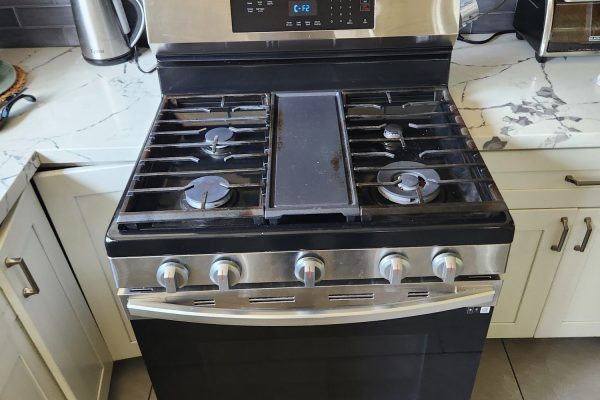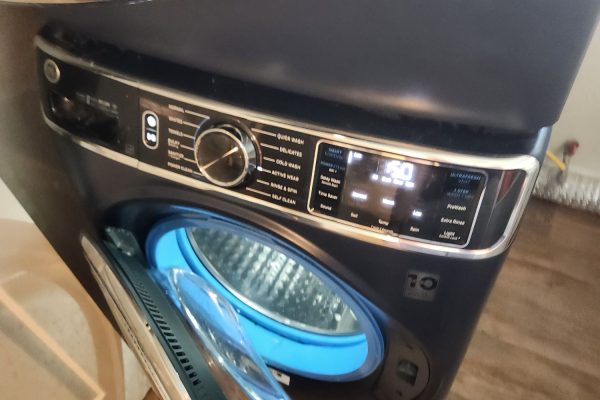The water level detection system plays a crucial role in regulating the amount of water used during each wash cycle in a washing machine. When this system malfunctions, it can lead to issues such as overfilling or underfilling of the drum, resulting in ineffective cleaning and potential damage to the appliance. Understanding the causes, symptoms, and solutions for defective water level detection systems is essential for homeowners to maintain the efficiency and performance of their washing machines. In this article, we will delve into the intricacies of water level detection systems in washing machine drums, as well as provide practical solutions for addressing defects in this critical component.
Understanding Water Level Detection Systems
Water level detection systems in washing machine drums utilize various mechanisms to monitor and regulate the water level during each wash cycle. Common methods include pressure sensors, float switches, and electronic sensors, each of which detects changes in water pressure or position to determine the appropriate water level for the load size.
Causes of Defective Water Level Detection Systems
Sensor Malfunction:
One of the primary causes of defective water level detection systems is sensor malfunction. Over time, sensors may become dirty, corroded, or damaged, leading to inaccurate readings or failure to detect water levels properly.
Electrical Issues:
Electrical problems, such as faulty wiring, damaged connectors, or malfunctioning control boards, can also contribute to defects in the water level detection system. Poor electrical connections can disrupt communication between sensors and the control unit, leading to erratic behavior or complete failure of the system.
Mechanical Failure:
Mechanical components of the water level detection system, such as float switches or pressure chambers, may experience wear and tear over time, leading to mechanical failure. Stuck or jammed float switches or clogged pressure chambers can prevent the system from accurately detecting water levels.
Symptoms of Defective Water Level Detection Systems
Overfilling:
One of the most noticeable symptoms of a defective water level detection system is overfilling of the washing machine drum. Inaccurate water level readings can cause the machine to fill with more water than necessary, leading to water overflow and potential damage to the appliance and surrounding area.
Underfilling:
Conversely, a defective water level detection system may result in underfilling of the drum, where the machine does not fill with enough water to properly clean the laundry. This can lead to poor washing results, inadequate rinsing, and residual detergent left on the clothes.
Inconsistent Water Levels:
Another common symptom of a defective water level detection system is inconsistent water levels during different wash cycles. The machine may fill with varying amounts of water or fail to maintain a consistent water level throughout the cycle, leading to uneven washing and rinsing.
Solutions for Addressing Defective Water Level Detection Systems
Clean and Inspect Sensors:
Begin by cleaning and inspecting the water level sensors to remove any dirt, debris, or corrosion that may be affecting their performance. Use a soft brush or cloth to gently clean the sensor surfaces and connectors, taking care not to damage the delicate components. If the sensors are heavily corroded or damaged, they may need to be replaced with new ones.
Check Electrical Connections:
Inspect the electrical connections between the water level sensors, control board, and other components for signs of damage or poor connection. Tighten loose connectors, repair damaged wires, and ensure that all connections are secure and properly seated. If necessary, consult the washing machine’s user manual or a professional technician for guidance on troubleshooting electrical issues.
Test and Calibrate the System:
After cleaning and inspecting the sensors and electrical connections, perform a test run of the washing machine to observe the water level detection system in action. Monitor the water level during different wash cycles and adjust the sensor settings or calibration as needed to ensure accurate readings. Follow the manufacturer’s guidelines for calibration procedures and consult with a professional technician if further adjustments are required.
Replace Defective Components:
If the water level detection system continues to malfunction despite cleaning and calibration efforts, it may be necessary to replace defective components such as sensors, float switches, or control boards. Refer to the washing machine’s user manual or seek assistance from a qualified technician to identify and replace the faulty parts with compatible replacements.
A defective water level detection system can lead to overfilling, underfilling, or inconsistent water levels in washing machine drums, compromising the appliance’s performance and efficiency. By understanding the causes, symptoms, and solutions for defective water level detection systems, homeowners can effectively diagnose and address issues to maintain the functionality of their washing machines. Regular cleaning, inspection, and calibration of sensors, as well as prompt replacement of defective components, are essential for ensuring accurate water level detection and optimal washing results. When in doubt, consult with a professional technician for expert diagnosis and repair of water level detection system defects to restore the efficiency and performance of the washing machine.
Our services are your reliable way to solve problems with household appliances! If your appliances require repair, don’t worry – contact Oceanside Appliance Service Center and we will help you forget about any inconvenience.
Our company has many years of experience in repairing household appliances of various brands and models. Our team of highly qualified technicians has deep knowledge and experience in working with refrigerators, washing machines, dryers, dishwashers, stoves, ovens and other devices.
We guarantee a professional approach to each task and the use of only original spare parts for repairs. Restoring your household appliances to optimal condition is our main goal.
Contact us


